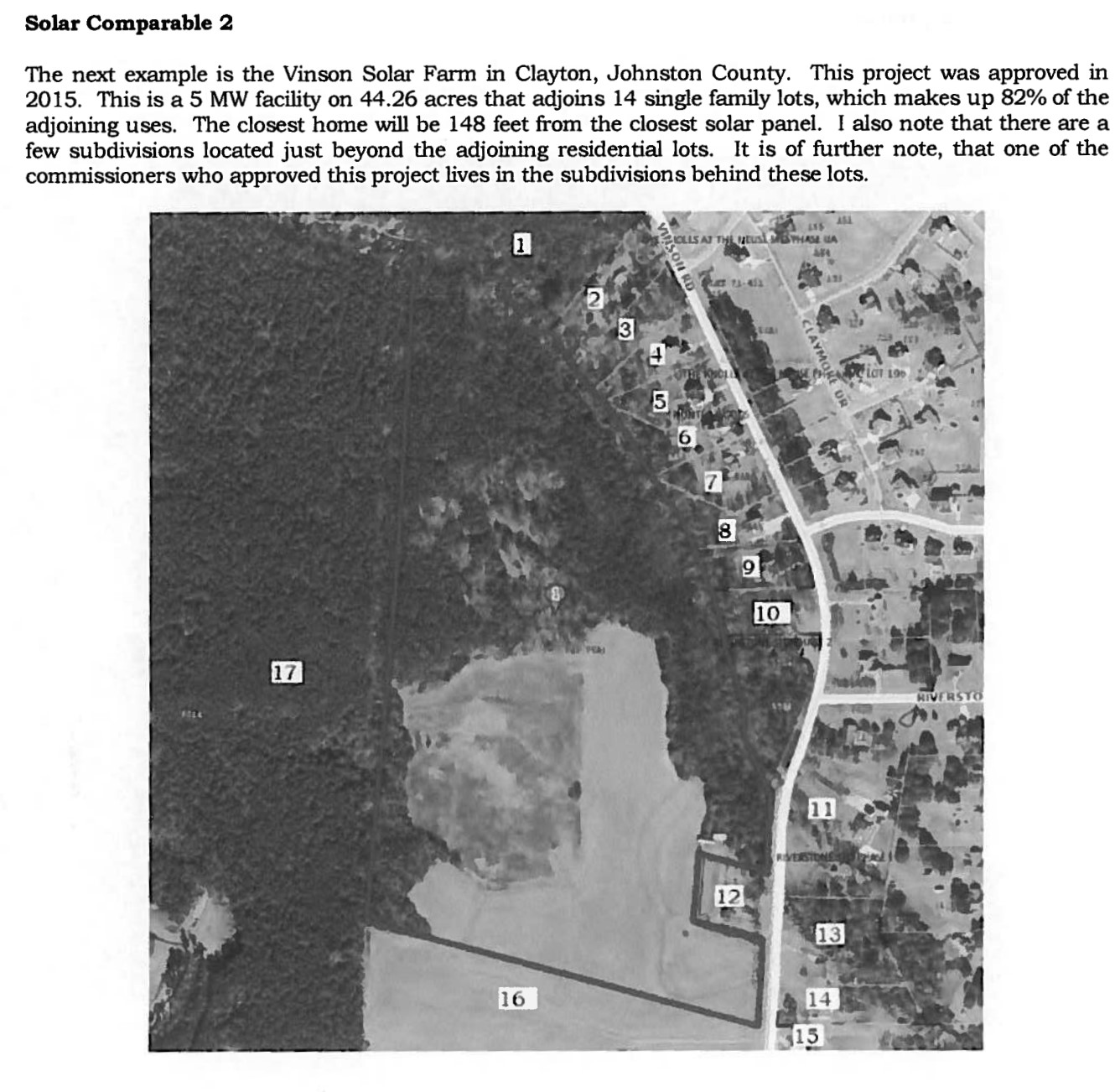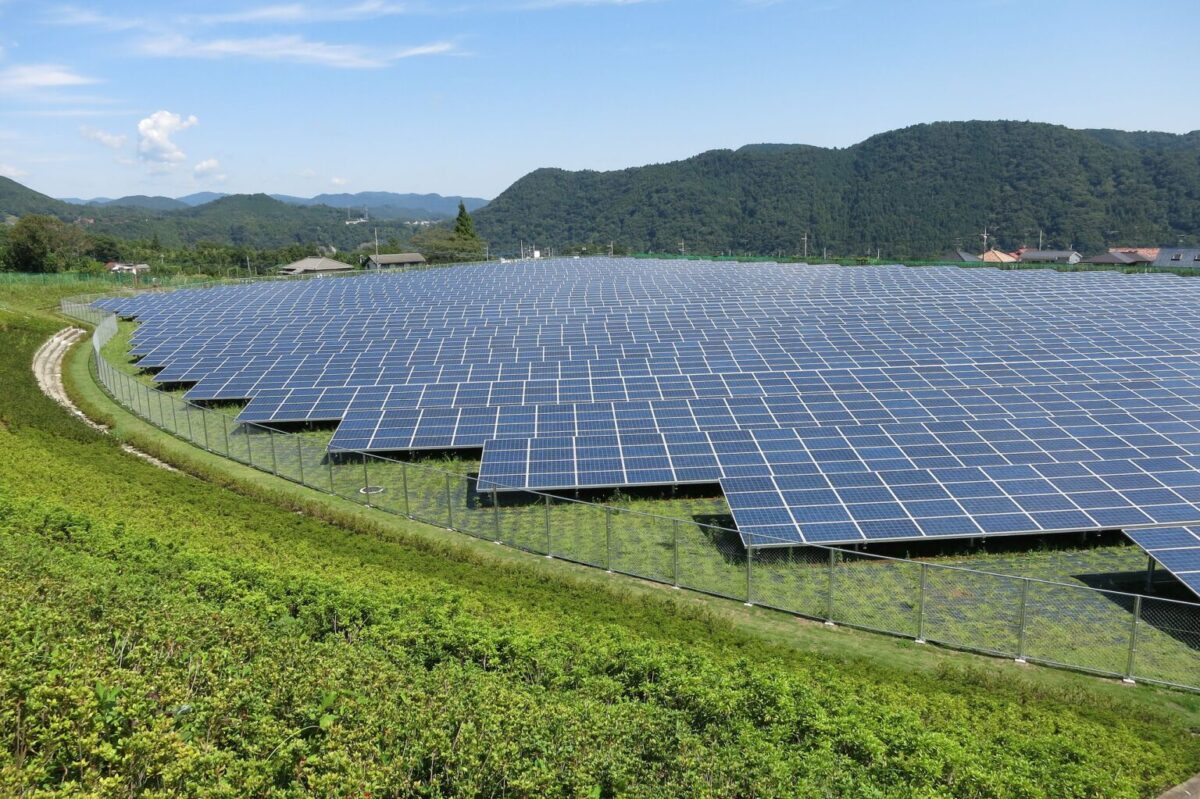From pv magazine USA
At first, many people ignored what solar power could do – solar was seen as a cool space science experiment. Then when solar started to grow and the technology matured, they chuckled at the small volume being installed versus the massive volumes of coal, gas and oil that were being extracted daily.
Now solar power, and more recently, energy storage, are being installed more than any source of energy ever, and the opposition sometimes takes the form of spreading misinformation from centralized, fossil-funded sources to affect the local acceptability of solar. And it has had an impact.
The Sabin Center for Climate Change at Columbia Law School collected 14 false solar power claims in its document, “Rebutting 33 False Claims About Solar, Wind, and Electric Vehicles.” The law school previously launched the Renewable Energy Legal Defense Initiative in 2019, and published discussions of legislation that might slow renewable energy deployment.
The list of false solar claims were:
Popular content
- Electromagnetic fields from solar farms are harmful to human health.
- Toxic heavy metals, such as lead and cadmium, leach out from solar panels and pose a threat to human health.
- Solar panels generate too much waste and will overwhelm our landfills.
- Clearing trees for solar panels negates any climate change benefits.
- Solar energy is worse for the climate than burning fossil fuels.
- Solar projects harm biodiversity.
- Solar projects will reduce agricultural production, hurting farmers and rural communities.
- Solar development will destroy US jobs.
- Reliance on solar will make the United States dependent on China and other countries.
- Utility-scale solar farms destroy the value of nearby homes.
- Solar energy is more expensive than fossil fuels and completely dependent on subsidies.
- Solar panels don’t work in cold or cloudy climates.
- Solar energy is unreliable and requires 100% fossil fuel backup.
- We do not have sufficient mineral resources for large-scale solar development.
While solar power is the most popular source of electricity in the United States, there are nuances within this popularity. Rooftop solar is the most popular, but solar is getting pushback as it grows beyond 50 acres. And while renewable and clean energy itself are also very popular, there are fossil-fuel industry funded disinformation campaigns that can significantly alter popular opinion.
The report from the Sabin Center does not examine the origins of the false claims, nor the motivations of those who disseminate them. Each of the fourteen claims were responded to individually, creating fully developed responses that sometimes repeat information in other rebuttals.

To continue reading, please visit our pv magazine USA website.
This content is protected by copyright and may not be reused. If you want to cooperate with us and would like to reuse some of our content, please contact: editors@pv-magazine.com.


Practically daily, I come upon some of these false claims..fact is most are easily debunked by just checking who stated it, or what company or organization has funded it. It’s an on going battle with people of all intelligence levels falling for the rhetoric. Most will post sites for their declaration that has no scientific backing..and if you offer a rebuttal with scientific facts, they will post a picture that states science can’t be trusted. Social media is responsible for much of this as they still allow a massive amount of fictitious anti environmental information to get through to the masses.
I suggest you watch “climate:the movie”. It’s an extremely educational documentary. The people interviewed are all leaders in their fields from Harvard and MIT, even a Nobel prize winner. The facts and analysis provides great insight into the climate change myth.
Climate change the movie is produced by a right wing climate change denier using bogus and distorted information in order to justify his beliefs.
The latest argument against solar is an expected hugely more efficient and less expensive new technology. How much truth is in that argument?l
Hmmmm. What is the backup when commercial solar fields are destroyed by hail storms?
Do solar or wind have the ability to turn CO2 into O2?
Us solar companies have admitted they cannot compete with China. What is the percentage of Chinese solar panels and European made wind generators?
If China has bought the vast najority of minerals deposits outside of the US, where is the US going to get the materials.
Electric transformers components that have the ability to stabilize wind and solar are made in China.
China is the main driving power behind GO GREEN.
Send me your facts to discredit these claims, much appreciated.
My name is Brian Petrocine and we installed a DH solar tracking system 11 years ago. I’m a remodeling contractor and did the 16 panel installation my self and as a result didn’t receive the nyserda grants. Still this system has produced 70 per cent of our power with ductless HVAC and high efficiency wood heat and a large wood working shop, the proof is in the test of ten years.
As temperatures rise storms are becoming more violent.
How resistant are solar panels to large hail?